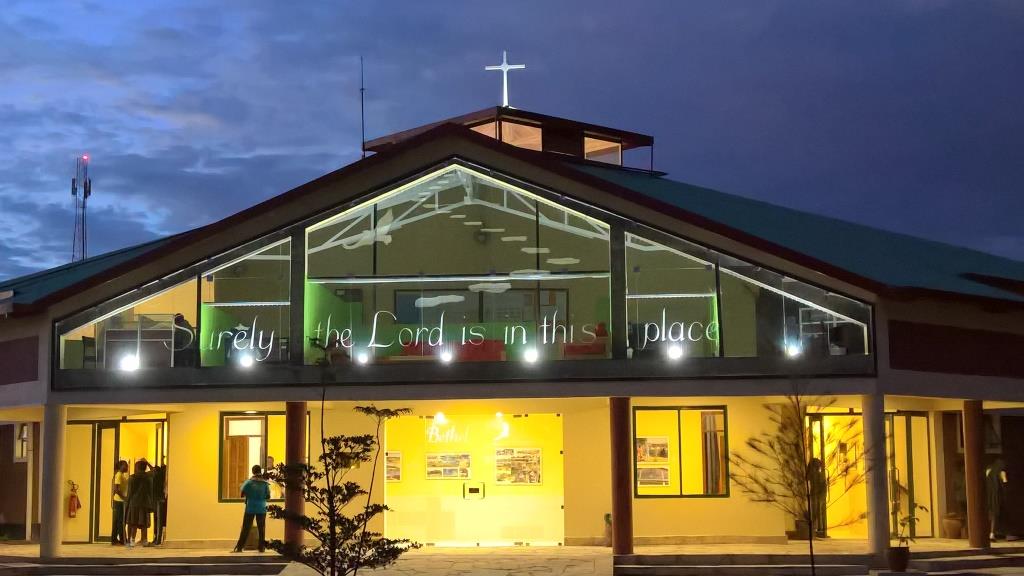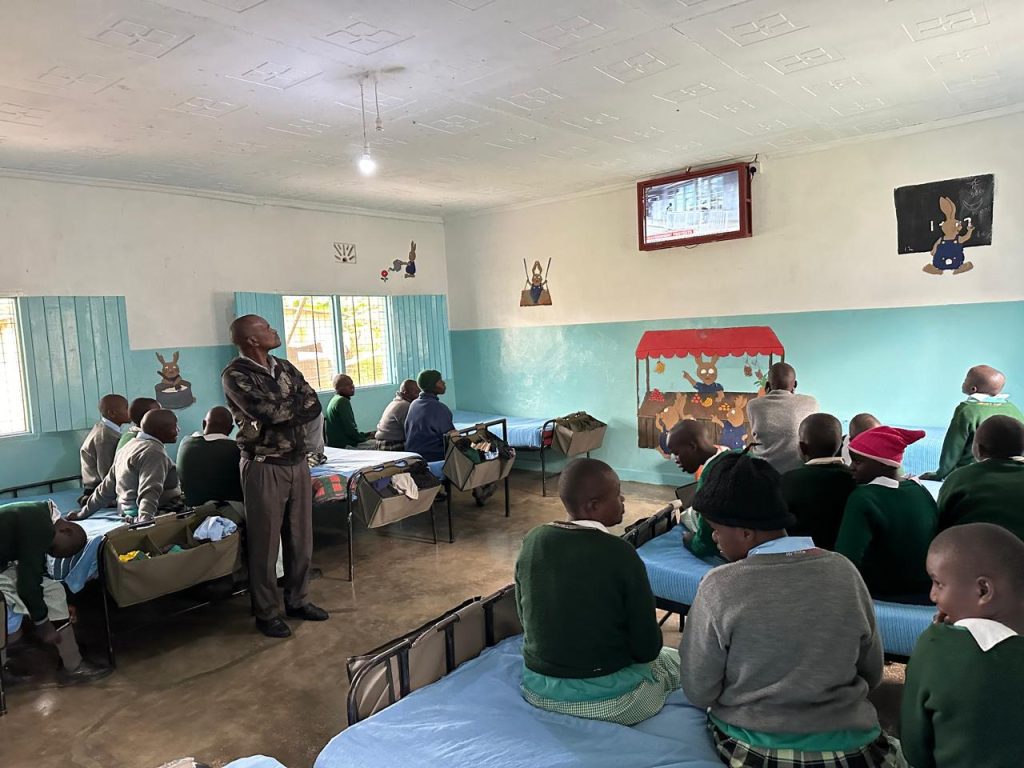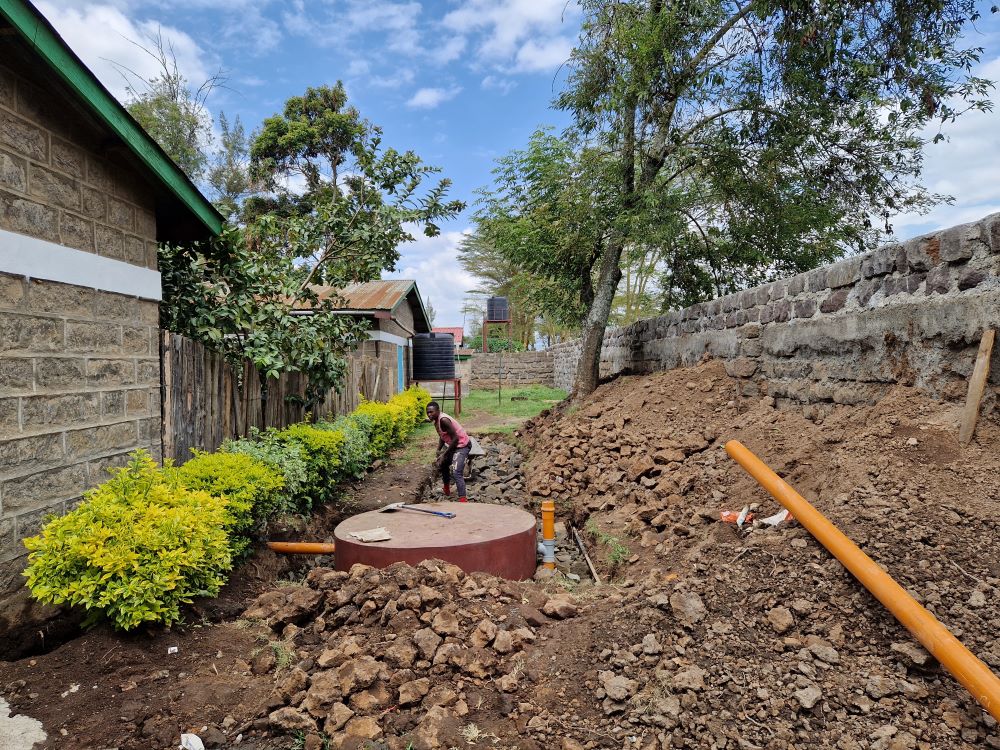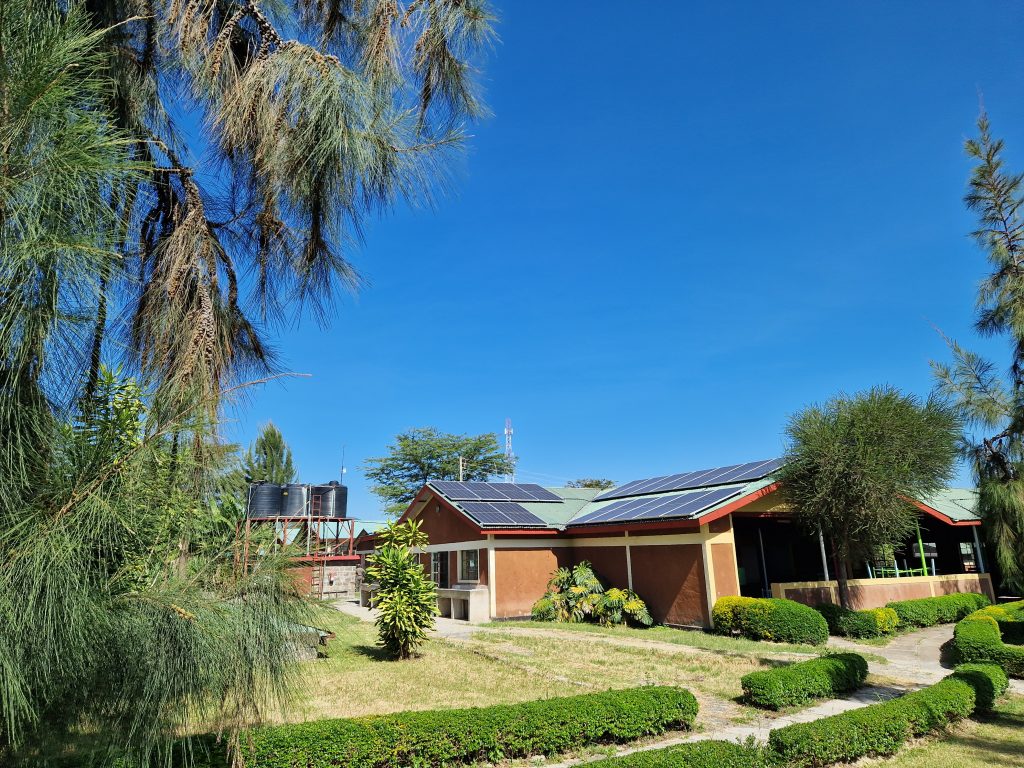Facilities and Infrastructure
The development of facilities and supporting infrastructure has been at the heart of the Vanessa Grant Trust’s goal for more than 25 years to provide optimal and desirable learning and living environments. Large areas of land have been either donated or purchased to initiate greenfield projects or facilitate expansion needs. Every School has been extensively refurbished and extended, or entirely built from scratch. These developments have not only included the provision of classrooms, but also student dormitories, staff living quarters, kitchens and dining areas, assembly halls, storage facilities, sheltered areas, playgrounds and gardens.
Facilities
The progressive development of the Vanessa Grant Girls’ School has been the most ambitious project undertaken by the VGT, transforming 15 acres of vacant farmland to what is today a comprehensive learning facility within a fully integrated campus.
With its large library, science laboratories, home science and computer facilities, as well as a beautiful chapel and sporting fields, the School is well-positioned to deliver the Kenya curriculum for both junior and senior secondary students at the highest quality level.

Take a virtual tour of the Vanessa Grant Girls’ School:

The Vanessa Grant Special School has been transformed from a single disused classroom to a standalone complex with learning and training facilities, residential services, computer resources, a dedicated playground and kitchen and dining facilities.
A large produce garden and chicken-raising capabilities have augmented both living skills development of students as well as the self-sufficiency of the School.
Opportunities for continued learning have been made possible through the establishment of facilities at the Rongai Vocational Training Centre and Flames of Hope, providing a progressive development environment to adulthood for children with disability.
Infrastructure
Essential infrastructure has been established across all facilities: plumbing and drainage, water points, bathrooms and washing facilities, fuel efficient cookers, irrigation for gardens and farming plots, and biodigesters for waste management.
Safeguarding students, staff and school property has been a priority: each of the schools and living areas have secure walls or fencing; CCTV and security patrols provide an extra layer of security for residents; and additional security has been added for the protection of infrastructure and high value equipment, such as the new computer facilities in a number of schools.


Water security and power management have become increasingly critical as a result of both environmental challenges such as lengthening drought periods, as well as the expansion of numbers and increased power demands in the schools.
Water security has been augmented by the sinking of bore holes, expansion of wells, pumping capabilities and the installation of both underground and above-ground water tanks.
A major solar power project has been initiated with solar panels progressively added to student and staff residential facilities, kitchens, the resource centre and classrooms for power, heating and storage, reducing the schools’ dependence on an unreliable electricity grid. The solar power project is expected to be staged over several years, progressively adding solar infrastructure as funds become available.
